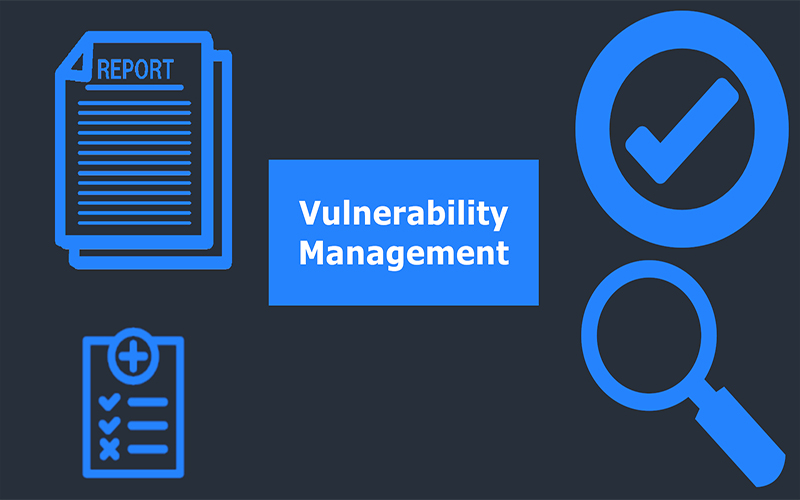
Vulnerability management is the practice of identifying, evaluating, and mitigating vulnerabilities in software, systems, and networks. It is an essential part of maintaining the security of any organization, whether it is a small business or a large enterprise. In this blog post, we will explain what vulnerability management is, why it is important, and how it works.
What is Vulnerability Management?
Vulnerability management is the process of identifying, assessing, prioritizing, and remediating vulnerabilities in software, hardware, and systems. Vulnerabilities are flaws or weaknesses in software, systems, or networks that can be exploited by attackers to gain unauthorized access, steal data, or disrupt operations. Vulnerability management is an ongoing process that involves continuous monitoring, assessment, and mitigation of vulnerabilities.
Why is Vulnerability Management Important?
Vulnerability management is important for several reasons. First, it helps organizations to identify and prioritize vulnerabilities based on their potential impact on the business. This allows them to allocate resources and prioritize remediation efforts to address the most critical vulnerabilities first. Second, vulnerability management helps organizations to stay compliant with regulatory requirements and industry standards. Many regulations, such as PCI DSS and HIPAA, require organizations to perform vulnerability assessments and remediate vulnerabilities. Finally, vulnerability management is important because it helps organizations to reduce the risk of data breaches, cyber attacks, and other security incidents. By identifying and mitigating vulnerabilities, organizations can improve their security posture and protect their assets from potential threats.
How Does Vulnerability Management Work?
Vulnerability management typically involves the following steps:
- Discovery: The first step in vulnerability management is to discover all the assets and systems that need to be assessed for vulnerabilities. This includes servers, workstations, mobile devices, network devices, and other endpoints.
- Assessment: Once the assets have been identified, the next step is to assess them for vulnerabilities. This can be done using various tools and techniques, including vulnerability scanners, penetration testing, and manual assessments.
- Prioritization: After vulnerabilities have been identified, they need to be prioritized based on their severity, impact, and exploitability. This helps organizations to allocate resources and prioritize remediation efforts.
- Remediation: The next step is to remediate the vulnerabilities. This can involve applying patches, configuring settings, or implementing additional security controls. In some cases, vulnerabilities may need to be mitigated by other means, such as disabling a feature or replacing a system.
- Verification: Once the vulnerabilities have been remediated, it is important to verify that the fixes were successful and that the vulnerabilities are no longer present.
- Reporting: Finally, vulnerability management involves reporting on the vulnerabilities that were identified, prioritized, and remediated. This helps organizations to track their progress over time and identify areas where further improvements may be needed.
Conclusion
Vulnerability management is an essential part of any organization’s security strategy. By identifying, assessing, prioritizing, and remedying vulnerabilities, organizations can reduce the risk of cyber attacks, data breaches, and other security incidents. Vulnerability management is an ongoing process that requires continuous monitoring and assessment to ensure that vulnerabilities are promptly identified and mitigated. Organizations can use a variety of tools and techniques to perform vulnerability management, including vulnerability scanners, penetration testing, and manual assessments. Overall, vulnerability management is a critical component of a comprehensive security program that helps organizations to protect their assets and maintain the trust of their customers and stakeholders.
Follow – https://techhipo.com for More Updates


